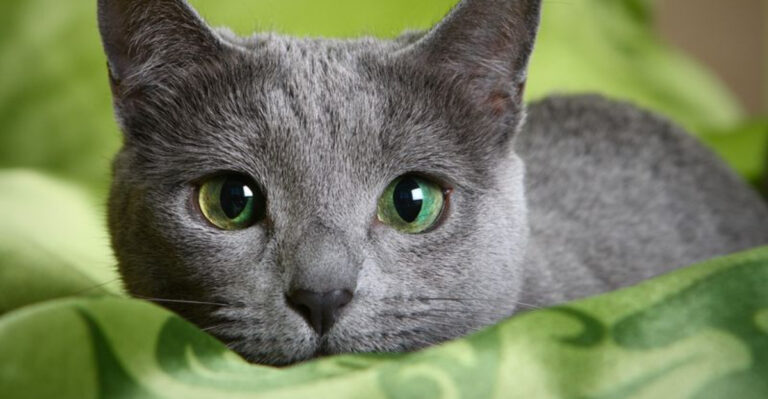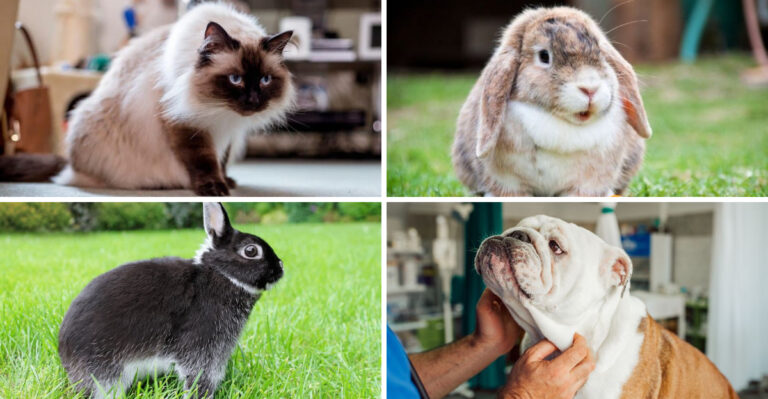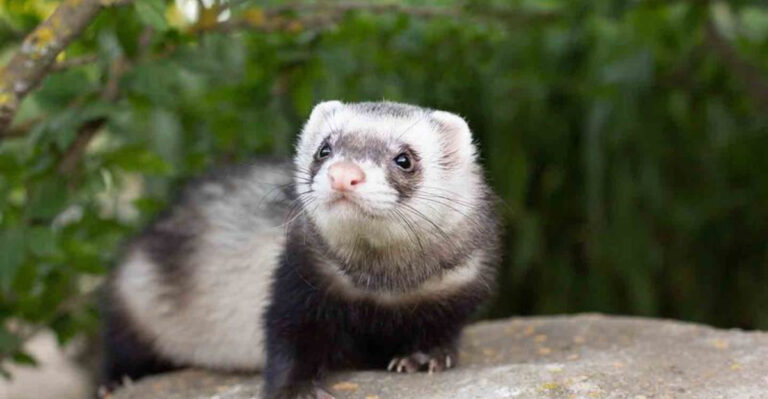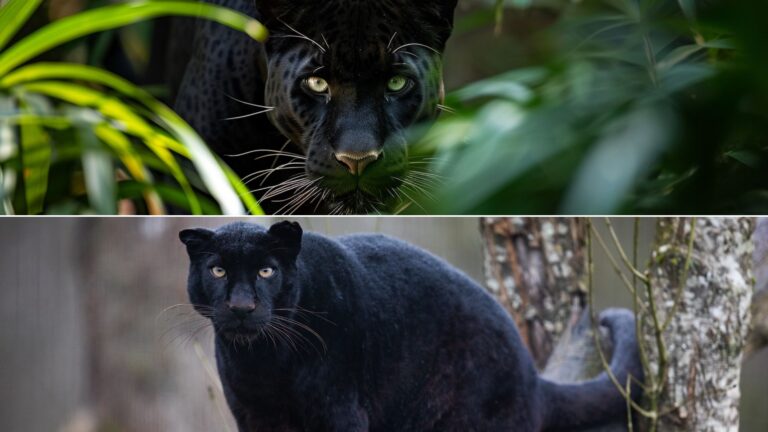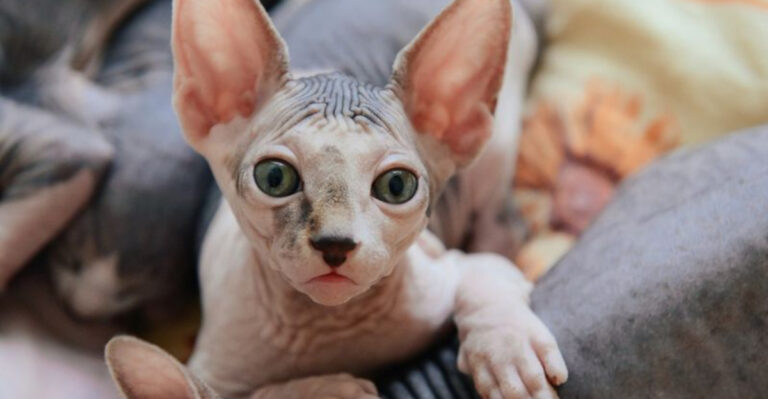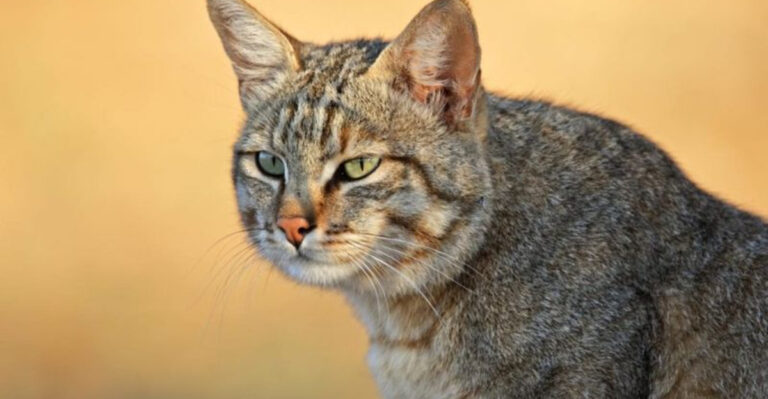The Cultural Significance Of Bison To Native American Tribes
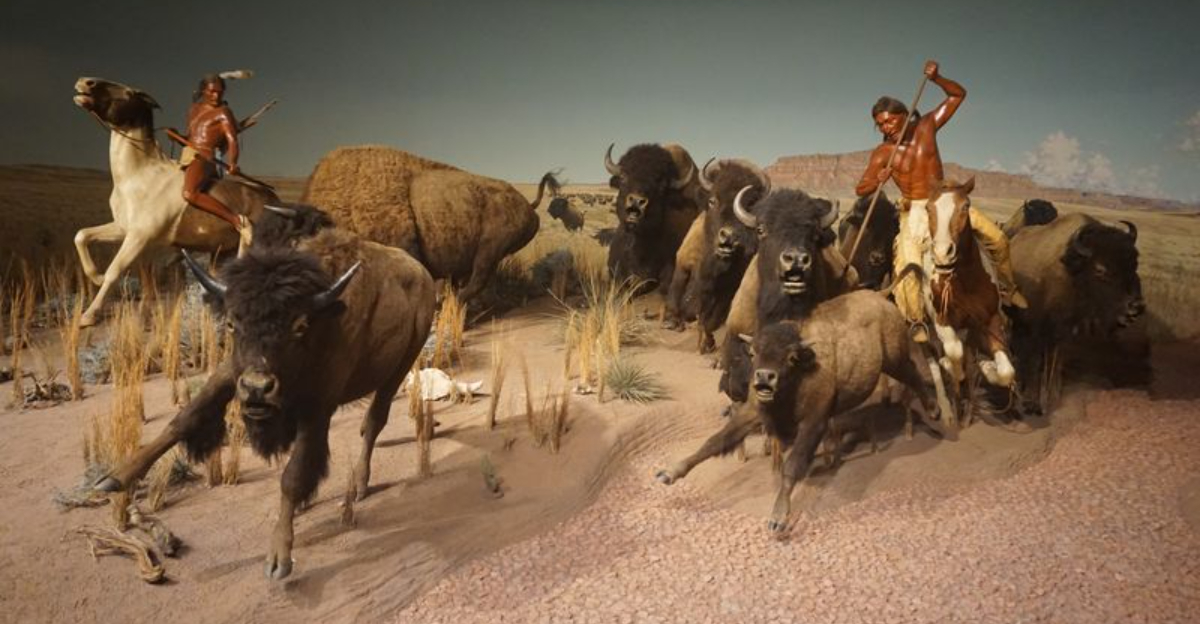
Bison and Native American tribes share a deep, centuries-old connection that goes far beyond simple hunting.
These magnificent animals were central to the physical survival, spiritual beliefs, and cultural identity of many tribes across North America. The relationship between Native peoples and bison represents one of the most important human-animal bonds in American history.
The Bison As A Sacred Animal
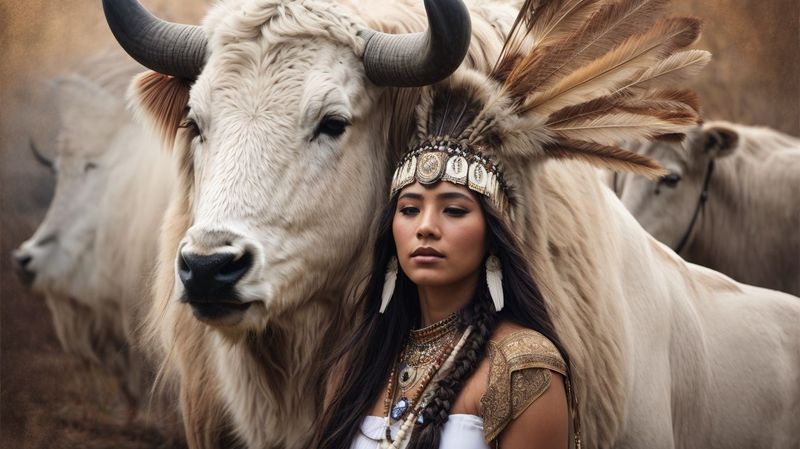
Many tribes viewed bison as divine messengers with direct connections to the Creator. Their appearance in dreams often signaled important spiritual guidance.
The White Buffalo Calf Woman, a sacred figure in Lakota tradition, brought the sacred pipe and taught that bison were gifts from the Great Spirit, embodying sacrifice and generosity.
Utilization Of Bison Hides
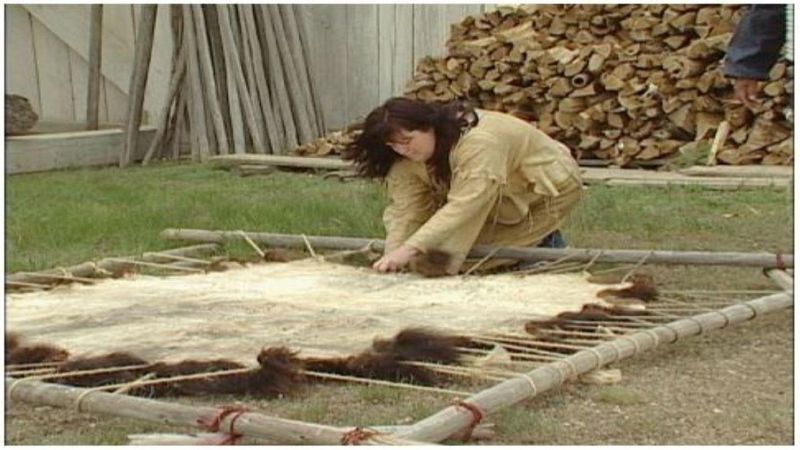
Women transformed rough bison hides into soft, supple leather through an intensive process involving brain tissue, which contains natural tanning chemicals. A skilled craftswoman could create a water-resistant tipi covering that lasted for years.
Hides became winter robes, moccasins, and even boats called bull boats.
Bison In Native American Ceremonies
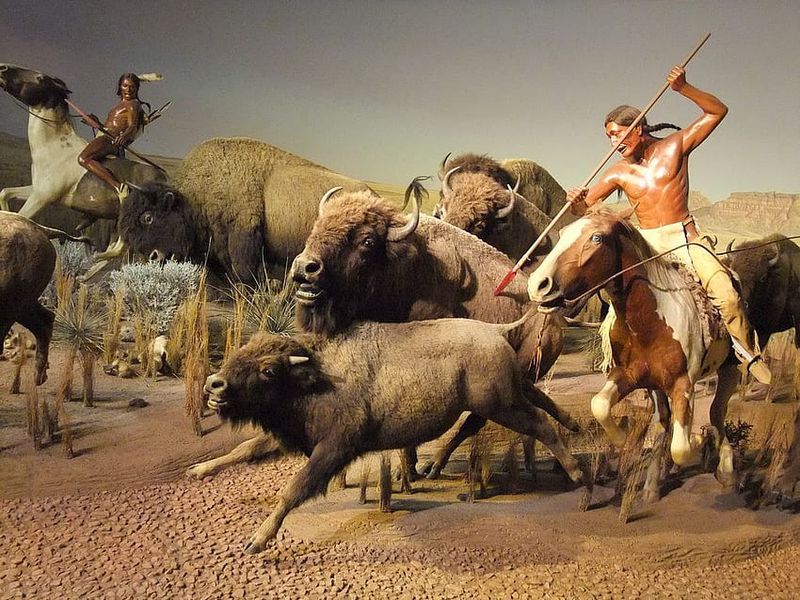
The Sun Dance, one of the most important ceremonies for Plains tribes, honored the bison’s sacrifice. Dancers would fast for days while focusing on a central pole topped with a bison skull.
Young men often performed bison dances before hunts, mimicking the animals’ movements to ensure success and show respect.
Bison And Tribal Identity
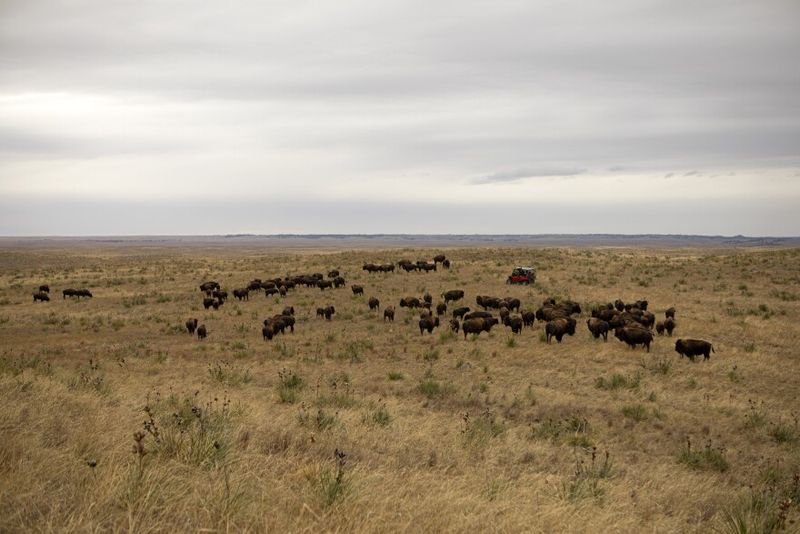
Children grew up learning to recognize bison behaviors and movements long before they could hunt. This knowledge was passed through generations in stories told during winter months.
The Blackfoot people called themselves “Buffalo Indians,” reflecting how completely their identity was intertwined with the animal that sustained their way of life.
The Role Of Bison In Native American Trade
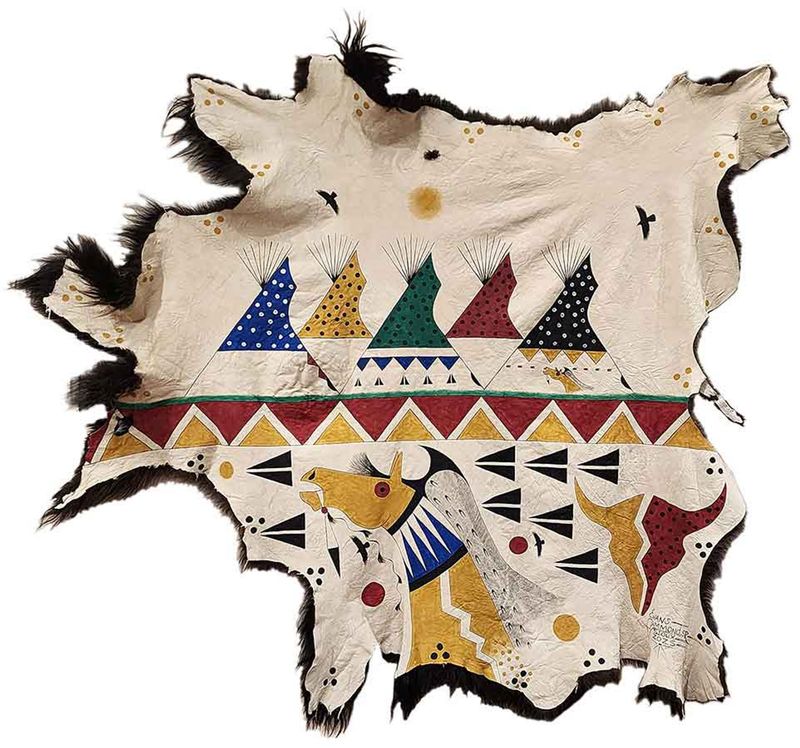
Painted bison robes became valuable trade items, featuring beautiful pictographic art that told stories of heroic hunts or battles. These robes were so prized they could be traded for multiple horses.
Coastal tribes would trade dried salmon and shells for bison products from Plains tribes, creating vast trade networks.
The Impact Of European Colonization On Bison Populations
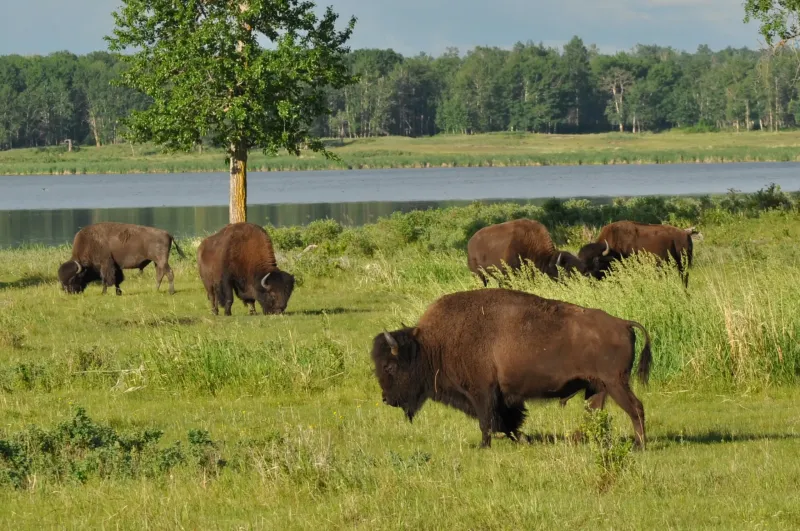
In just three decades (1850s-1880s), commercial hunters slaughtered nearly 30 million bison, leaving only a few hundred alive. The U.S. government actively encouraged this slaughter to undermine tribal independence.
When Standing Rock Sioux Chief Sitting Bull surrendered in 1881, he famously said, “A cold wind blew across the prairie when the last buffalo fell.”
Bison And Native American Warfare
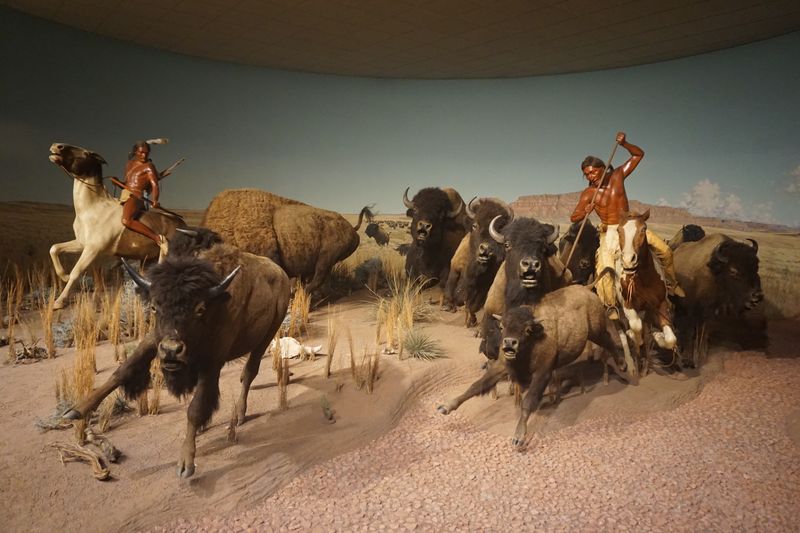
Tribes developed sophisticated hunting strategies requiring precise coordination. The Comanche became legendary horsemen partly through hunting bison, skills that translated directly to their military prowess.
Control of prime bison hunting grounds sparked conflicts between tribes, with territories fiercely defended against encroachment.
Bison As A Symbol Of Resilience And Survival
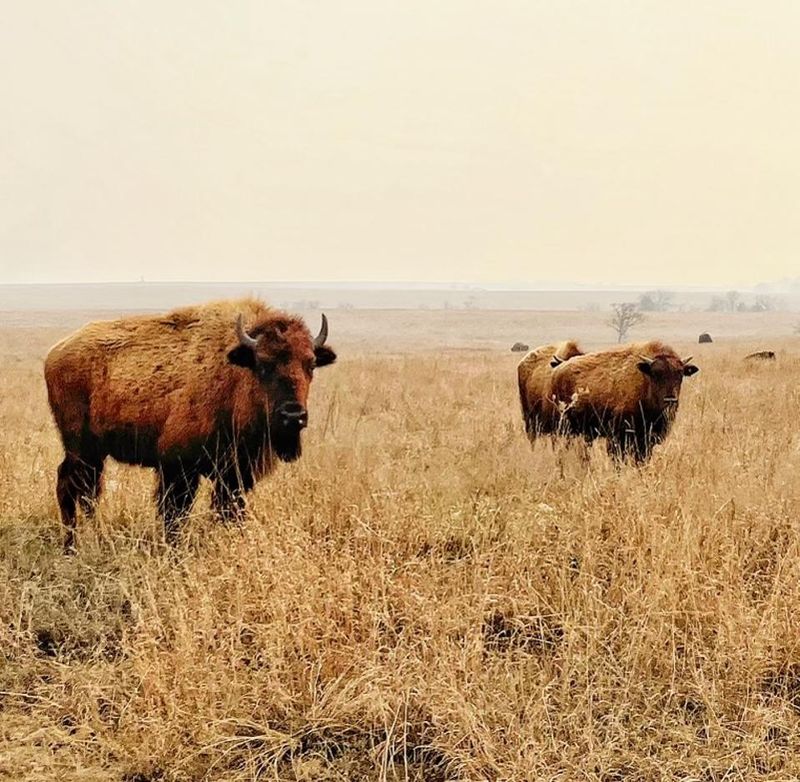
From 1894 to 1978, the Crow Creek Sioux in South Dakota secretly maintained a small bison herd despite government prohibition. Their determination preserved both the animals and associated cultural practices.
Today, the InterTribal Buffalo Council helps 76 tribes restore bison to their lands, representing cultural and ecological healing.
Bison’s Role In Ecological Balance And Cultural Restoration
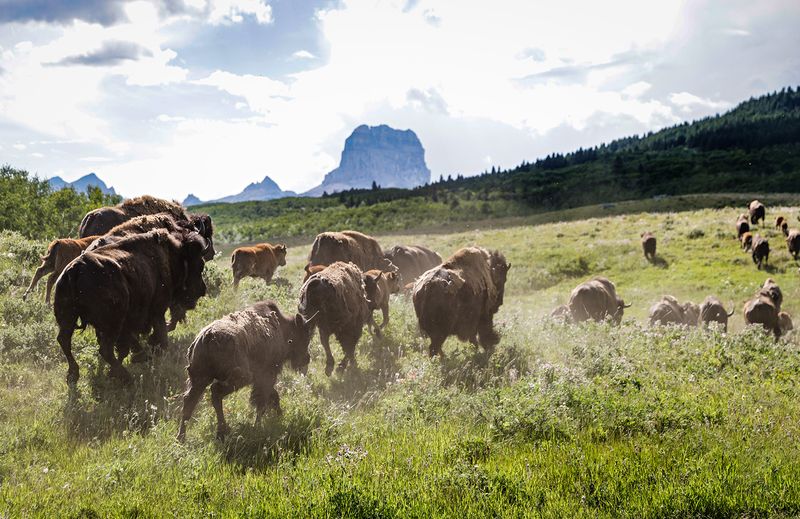
Bison hooves create depressions that collect rainwater, forming microhabitats for diverse prairie species. Their grazing patterns promote plant diversity that would otherwise disappear.
For the Blackfeet Nation in Montana, their buffalo restoration program isn’t just conservation—it’s “bringing back our relatives” and healing historical trauma through cultural reconnection.

